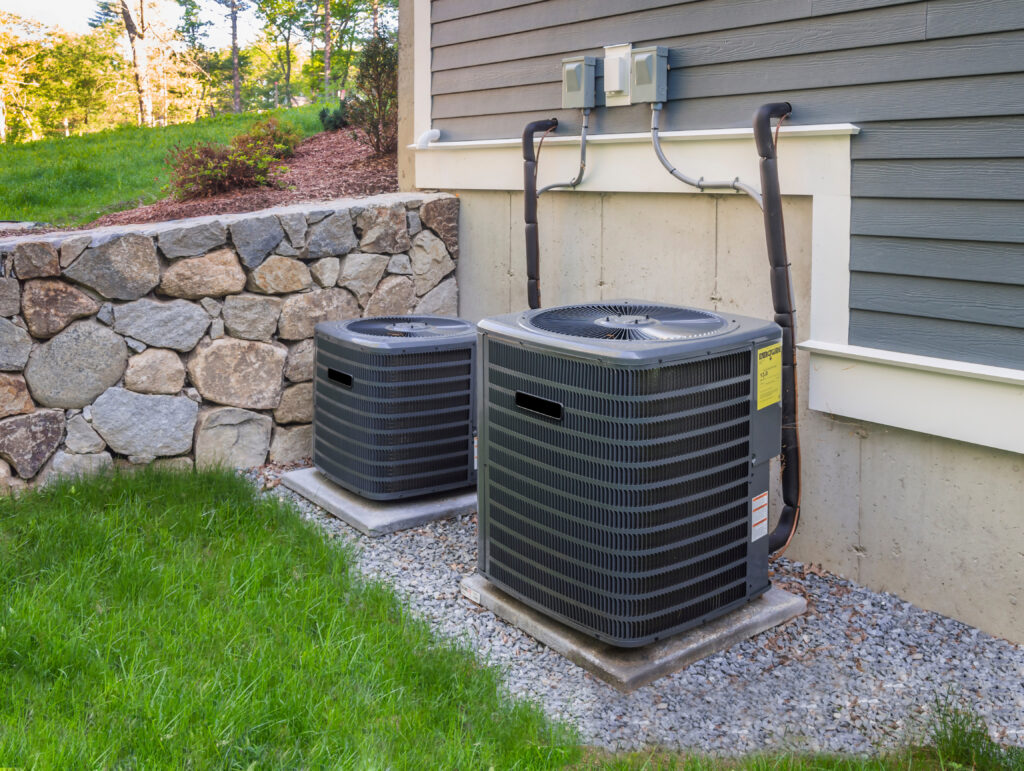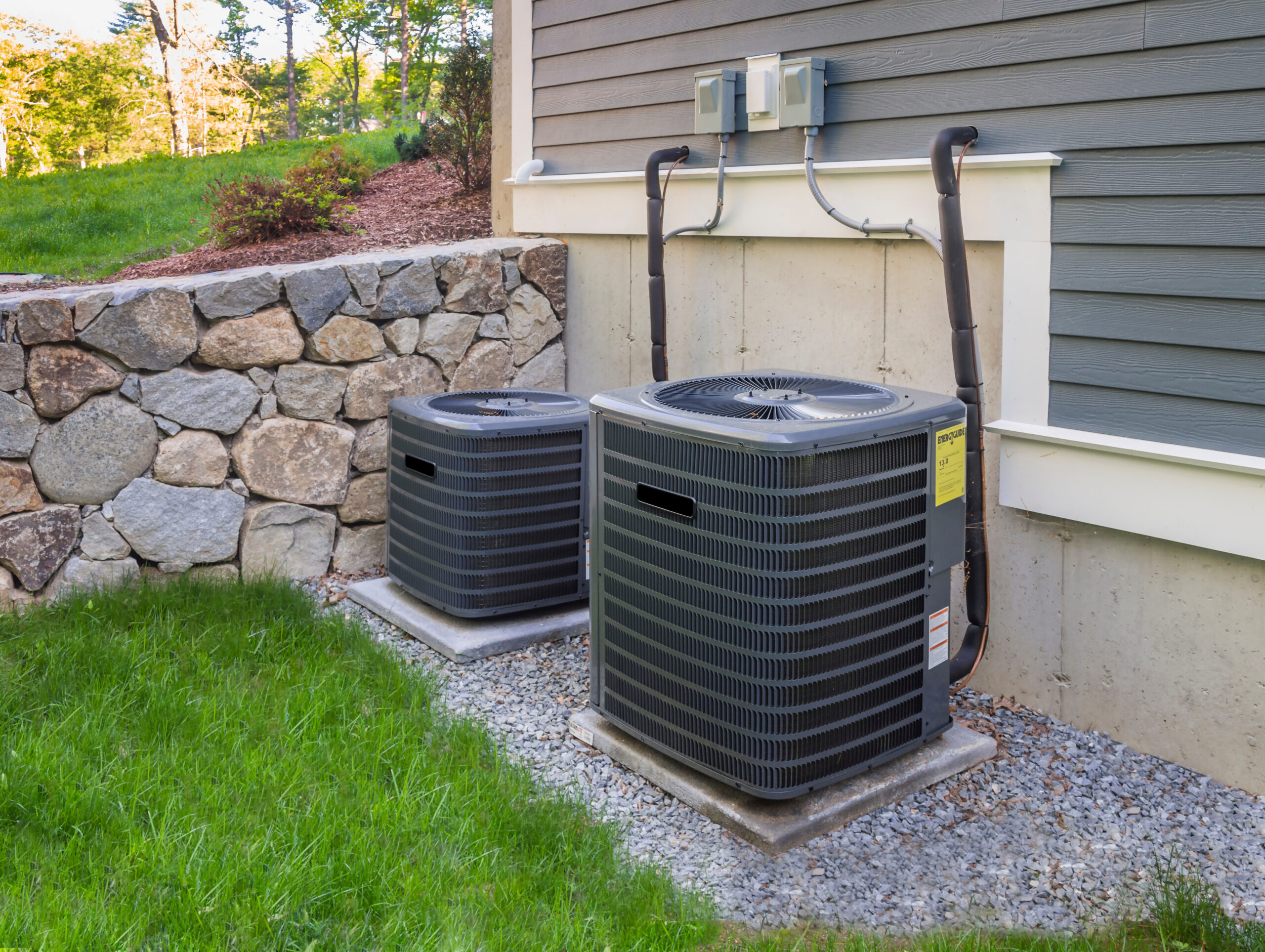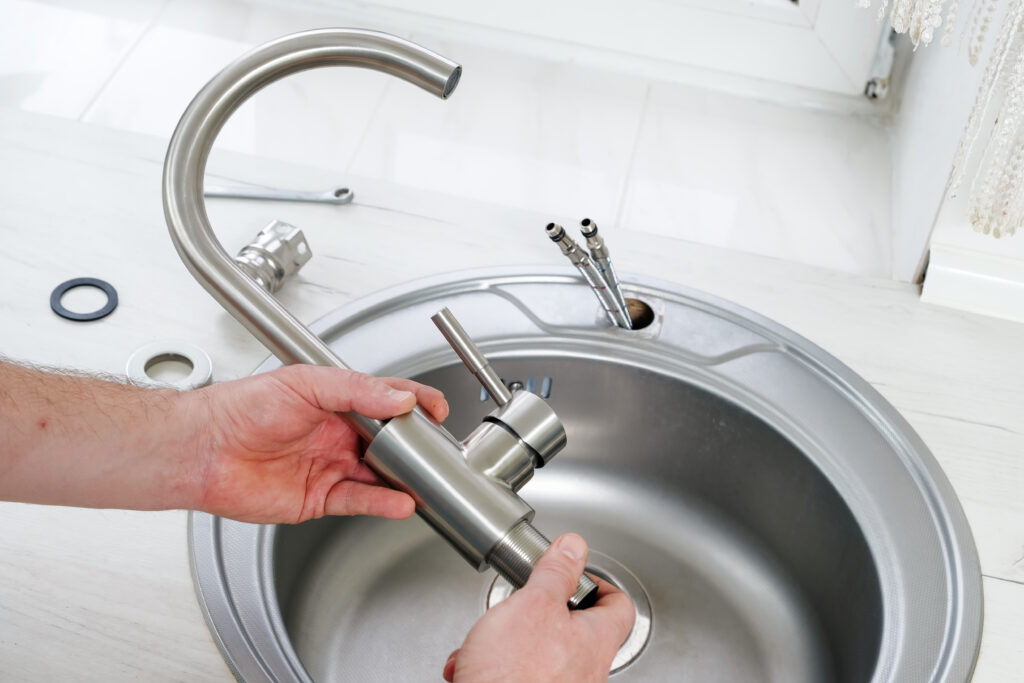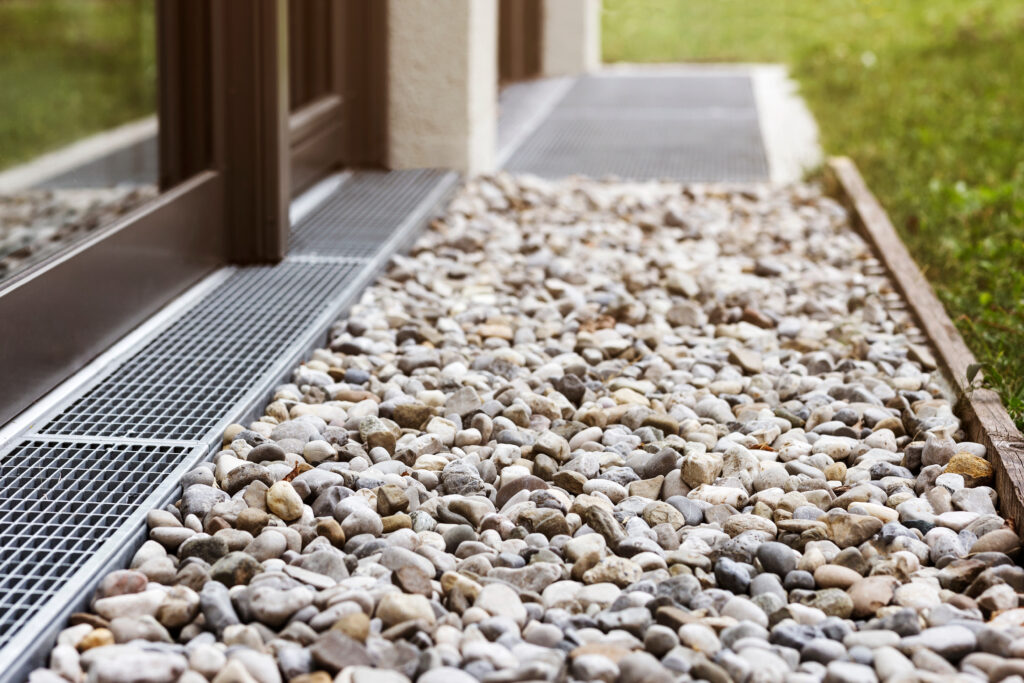Understanding Your HVAC System: What Every Homeowner Needs to Know
Let’s be honest—homeownership is basically a never-ending list of “Wait, how does that work?” moments. One of the biggest mysteries? Your HVAC system. You know it’s important. It keeps your home warm in the winter, cool in the summer, and generally comfortable year-round. But unless it stops working, most of us don’t give it much thought. Until it’s 95 degrees, and you’re sweating your face off wondering, “Who do I even call for this?” So let’s fix that. We’re diving into what HVAC systems are, how they work, what can go wrong, and what you can actually do to stay on top of it—all in regular human speak. No fancy jargon. Just real talk and practical info every homeowner should have handy.
What is an HVAC System and How Does It Work?
Alright, HVAC. It’s kind of a weird word, right? Sounds like a robot’s name. But it actually stands for Heating, Ventilation, and Air Conditioning. It’s the system responsible for making sure your indoor climate stays comfortable no matter what’s going on outside. It’s not just one machine; it’s a series of systems working together to push warm or cool air through your home, filter that air, and control humidity while it’s at it. All of that happens with a clever mix of furnaces, air conditioning units, ductwork, air handlers, and thermostats. Think of it as the lungs and heart of your home. When it works right, you hardly notice it, which is exactly the point. But when it doesn’t… yikes.
Why HVAC Maintenance Matters for Homeowners
You wouldn’t ignore your car’s check engine light, right? Same logic applies to your HVAC. Routine maintenance keeps your system running efficiently and can seriously extend its lifespan. A system that’s not maintained is a system that breaks. And when it breaks, it’s almost always at the worst time—think freezing nights or scorching afternoons. That’s where diagnostics come in, and yes, there’s actually a checklist for it. HVAC pros use a standard diagnostic process to spot minor issues before they become major wallet-drainers. Filters getting gunky, refrigerant levels dropping, thermostats misbehaving—these are things that creep in slowly and blow up fast if you’re not paying attention. Plus, an efficient HVAC uses less energy, so it shows up nicely on your utility bill too. Win-win.
Common HVAC Problems (That Might Be Brewing Right Now)
Okay, let’s get into the things that actually go wrong, because understanding these can help you spot trouble early. Strange noises? Could be a worn-out belt or loose part. Weak airflow? Possibly a clogged filter or dirty duct. Skyrocketing energy bills? Could mean your system’s working way harder than it needs to—maybe a coolant leak or aging component. And don’t even get me started on uneven room temps. That’s often a balance issue, where one part of your system is underperforming. A diagnostic checklist looks at all these things: air filter status, fan function, electrical connections, refrigerant levels, thermostat calibration, and more. If that sounds like too much to keep track of… well yeah, that’s kind of the point. A regular check-in from a licensed tech is less about finding disaster and more about avoiding it entirely.
Benefits of Catching HVAC Issues Early
Alright, so here’s why all of this really matters: early detection is everything. The faster you spot an issue, the cheaper and easier it is to deal with. Ignoring a clogged air filter today might mean replacing a fried blower motor tomorrow. That small rattling noise you pretend not to hear? If it’s a loose component, it could end up damaging the system’s core. Also—this one’s important—well-maintained systems last up to 40% longer than neglected ones. That’s potentially thousands of bucks saved just by catching things before they spiral. And if you’ve got a home warranty (and fingers crossed it’s with a solid provider), those repairs might be covered. But here’s the catch: providers often require proof of maintenance. So, skip the checkups and you could be footing the bill. No pressure, but yeah, get the checkups.
Is It Time for a New HVAC or Just a Repair?
This is the question every homeowner eventually asks. Spoiler: there’s no exact science. But there are some signs it might be more than a patch-job situation. If your system is over 10-15 years old, and you’re racking up repair bills several times a year, it may be more cost-effective to replace it. New systems are also wildly more energy-efficient than ones from a decade ago. We’re talking smart thermostats, zoned heating and cooling, better filters—it’s a whole new world. That said, lots of issues are repairable if caught early and handled properly. Which, again, loops us back to that diagnostic checklist. Simple fix? Maybe. Bigger problem? Possibly. A trained HVAC pro can tell the difference. But knowing there’s a process helps you know what kind of decision you’re making and what you’re actually paying for.
How a Home Warranty Can Help Your HVAC Stay Healthy
Okay real talk: even the best systems break eventually. When they do? It’s rarely convenient, and almost never cheap. That’s where a home warranty swoops in like a little HVAC superhero. A well-structured home warranty plan helps cover the big costs of repair or replacement when your heating or cooling system fails due to normal wear and tear. And since HVAC systems are some of the highest-ticket items in your home, that coverage can be a financial life-saver. With most home warranty plans, you pay a set service fee, and the provider handles the labor and parts through their vetted network. But here’s the thing—home warranty companies often require proof that you’ve been maintaining your system. So all that talk about diagnostics and tune-ups? Yeah, it matters. Big time.
Protect Your HVAC—and Your Wallet—with Armadillo
If you’ve ever faced a busted AC during a heatwave or paid a surprise four-figure bill for a furnace repair, you already know the value of being covered. That’s why having a home warranty from Armadillo is such a smart move. Armadillo gives you real peace of mind that your HVAC system—and loads of other major appliances and systems—are protected from the financial fallout of unexpected breakdowns. Their plans are modern, flexible, and built around how you actually live. They even make setting up maintenance and claims straightforward (finally!). You can learn more at armadillo.one or jump right into creating a customized plan built for your zip code and home setup by visiting their plan builder here. Smart homes start with smart planning—and that starts with keeping your HVAC in check. Trust us, future you will be grateful.


























